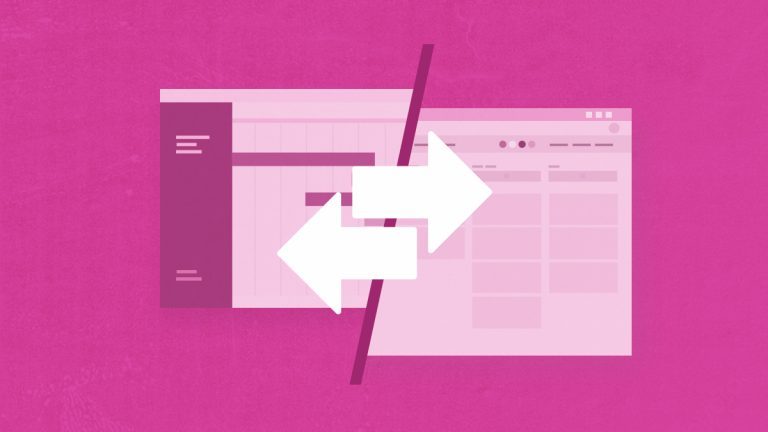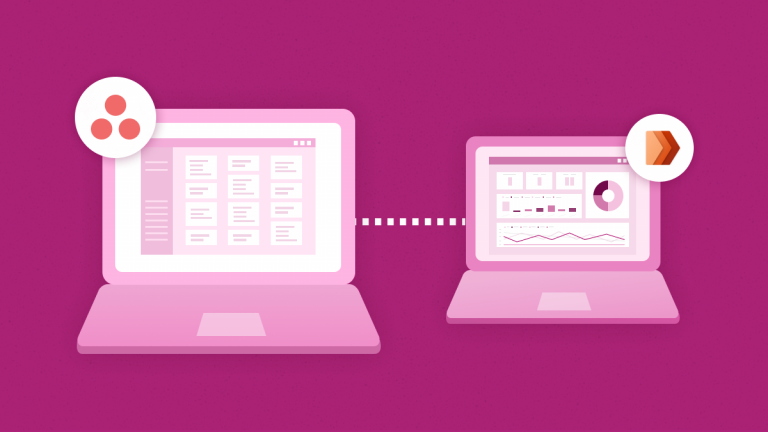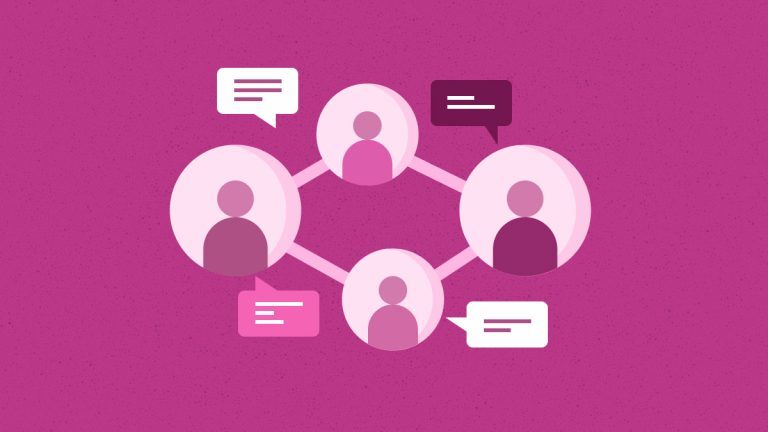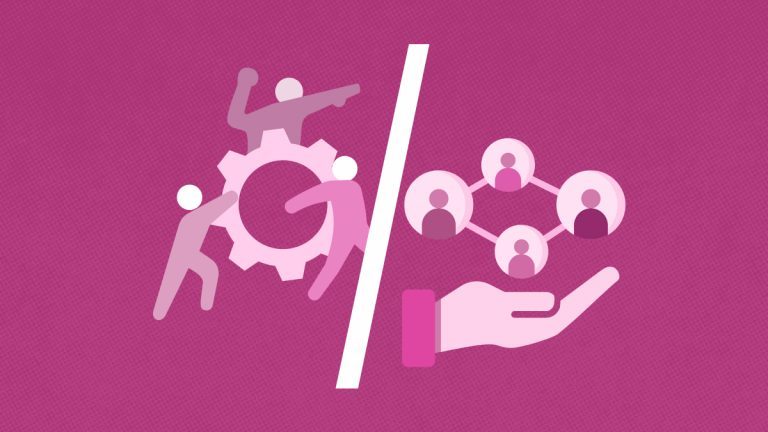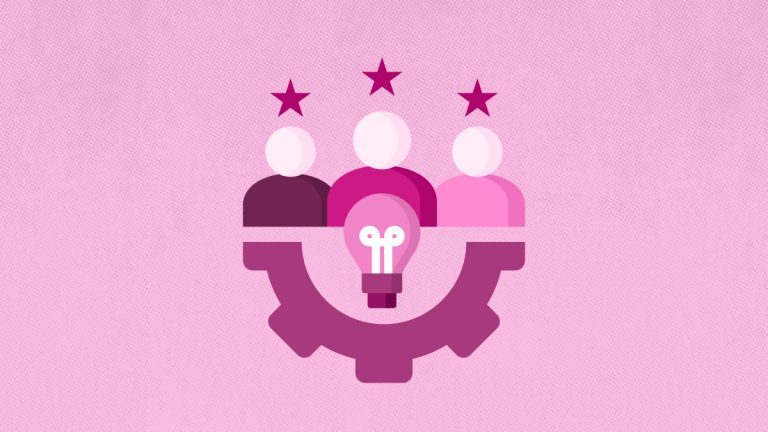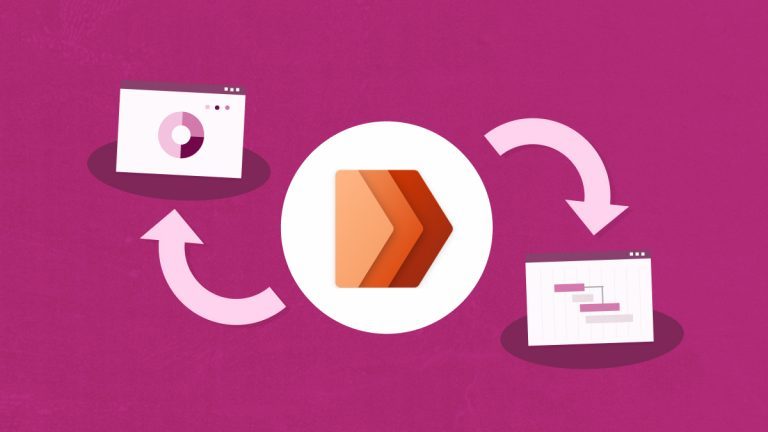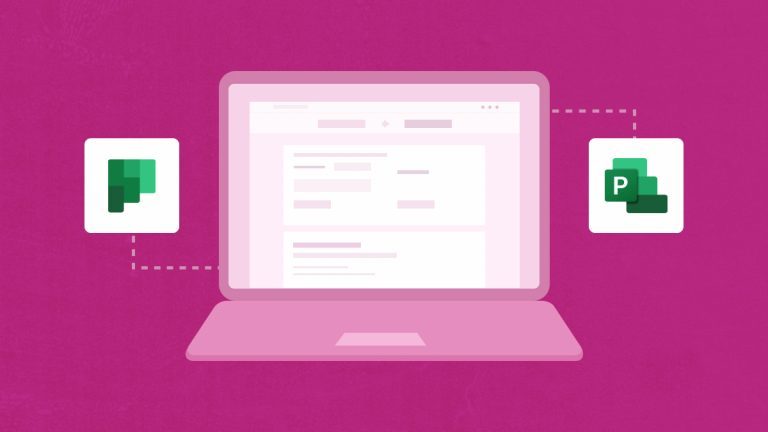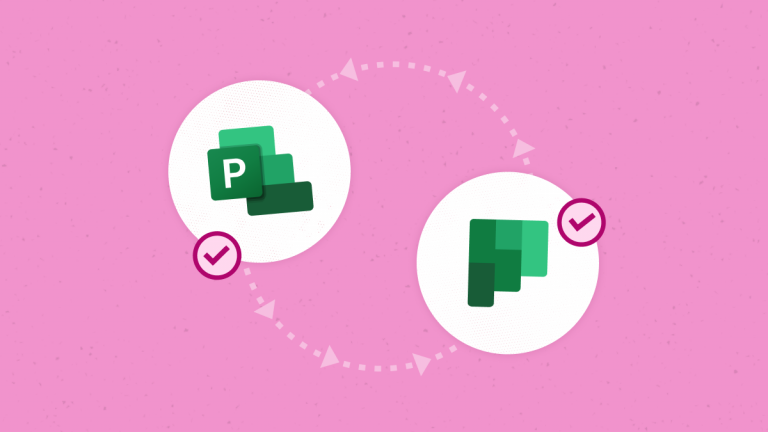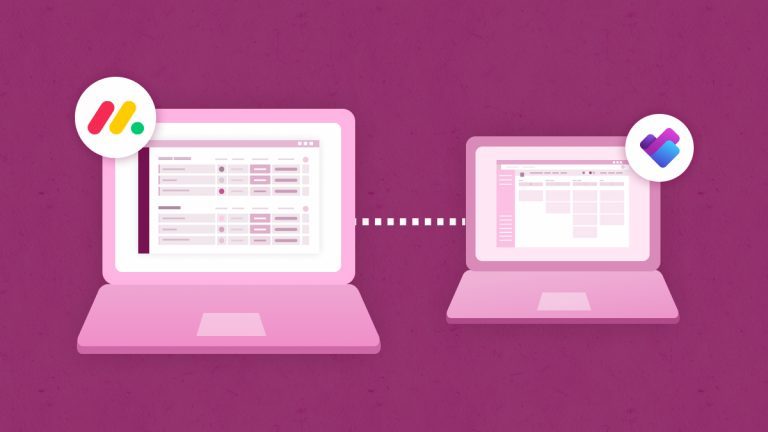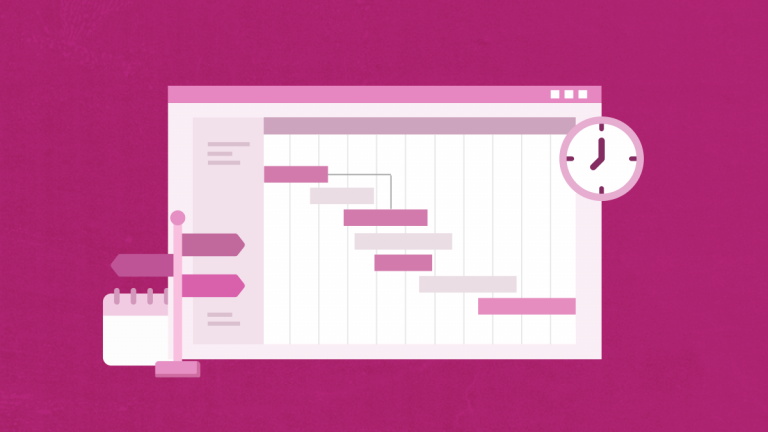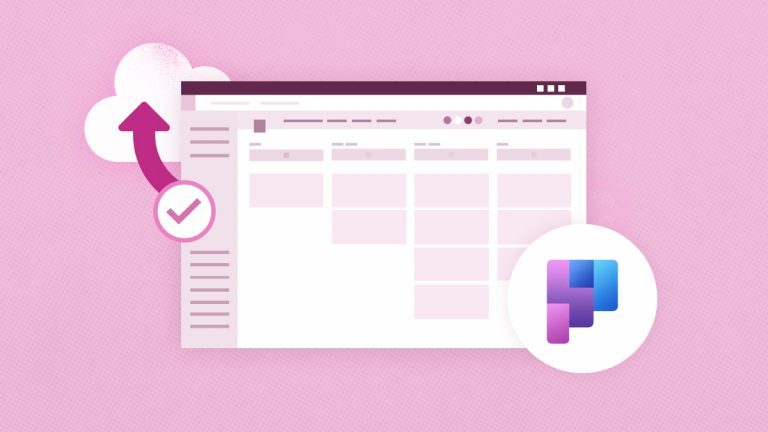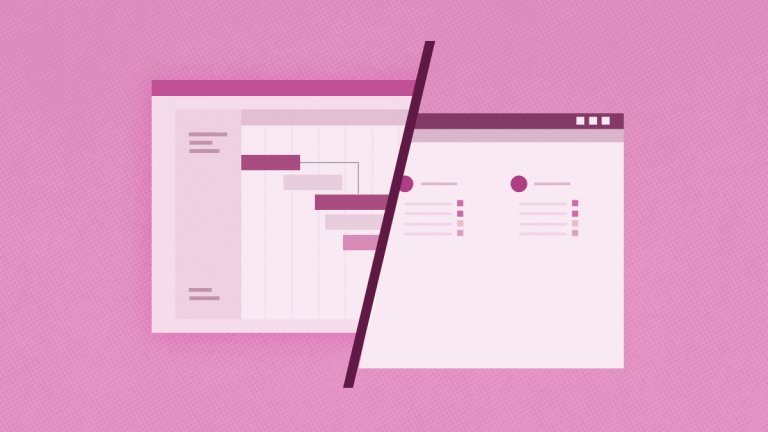
Elena Humeniuk
PPM Consultant
Microsoft offers a lightweight work management application called Microsoft Planner as part of Office 365. Microsoft Planner is a simple tool that organizes teamwork visually and is built on groups like the other Office 365 tools. Its intuitive features are helpful for business teams of all sizes and were created as an easy-to-use solution for teams to collaborate and manage workflow. This article will shed light on crucial Microsoft Planner best practices, so you will know how to use it effectively.
What is Planner?
Microsoft Planner enables teams to collaborate and have complete insight into the status of projects, workloads, and deadlines. These features allow project managers to use Microsoft Planner for organized and efficient project management.
Microsoft Planner is a board-based task list that your entire team can use. Its functionality is comparable to independent project management services such as Trello.
MS Planner readily connects with Outlook, Teams, and OneNote and does not incur any additional costs for Office 365 users.
Microsoft Planner best practices
Here are some of the Microsoft Planner best practices.
- Add plans as a tab within Microsoft Teams. Create a new plan for your team, or connect your team with an existing plan or the default one automatically created in the background. This way, all team members can be assigned specific tasks. Best practice is to connect your plan to your team so that everyone from your team can access this plan.
- Select start and due dates. Always select a start date and due date. If you do not select these dates, you will be unable to see the tasks in the Schedule view to analyze them in time.
- Categorize tasks by buckets and labels. To group the tasks, categorize them by buckets and labels. Grouping rearranges the clusters of tasks on the plan page for further analysis. The default grouping is by bucket. As per the Microsoft Planner bucket best practices, your buckets are your columns. The advantage of using buckets for grouping is that you may define these categories of tasks. You may specify up to six colorful labels and many more buckets for each plan. While defining bucket and label categories, think about priority, connection, field of action, quality, quantity, distribution, interconnection, task types, and delivery methods.
- Use comments and notes. Communication is key. If you don’t add notes and comments to the details of a task, you are not using this tool to its full advantage
- Use notes to provide instructions to the assigned team members, such as what to do, where to find the files, where to save the reports, or who to contact.
- It’s best to communicate about your task in the comments section. Adding a comment will send an email notification to those on the assignment, who can reply by email or in the comments. You must be part of the task to receive comments related to the assignment. This is also an excellent reason to have stakeholders assigned to all of the plan’s tasks.
- Create checklists. In the details of a task, you can add items like a checklist to track things, such as exact steps to accomplish the task and relevant reminders. Once completed, you can check the item off the list.
- Prioritize tasks. Prioritizing tasks is easy. By default, all the tasks in Planner have Medium priority, but you can change the priority to Urgent, Important, or Low.
- Use Kanban, Chart, or Calendar views. Microsoft Planner Kanban boards help project managers and their teams make plans and assign tasks. It also has Charts and the Schedule view. Gantt Chart is not available in Microsoft Planner but can be made using workarounds on the other views. Different view options allow you to analyze the tasks by time in the Schedule view or by visual view in the Charts view. This will help you better understand the status of all the tasks.
- Duplicate the plan or tasks. Sometimes there are similar tasks in different teams/plans. You can copy (duplicate) individual tasks or even whole plans, saving time as you do not have to create these again from scratch.
- Attachments. The final best practice to recommend at this stage is to use the attachment feature within each task. You can attach files uploaded from your desktop or OneDrive, and URL links. This keeps your documents organized and ensures cloud access anytime, anywhere, and from any device. It will also help team members quickly locate the content they need for the project.
- Tenant-to-tenant migration. Using Microsoft Planner, organizations may need to move all their project data from one tenant to another. Migration can be performed quickly and automatically with the help of FluentPro Project Migrator.
Read more about
Microsoft Planner migration between tenants

